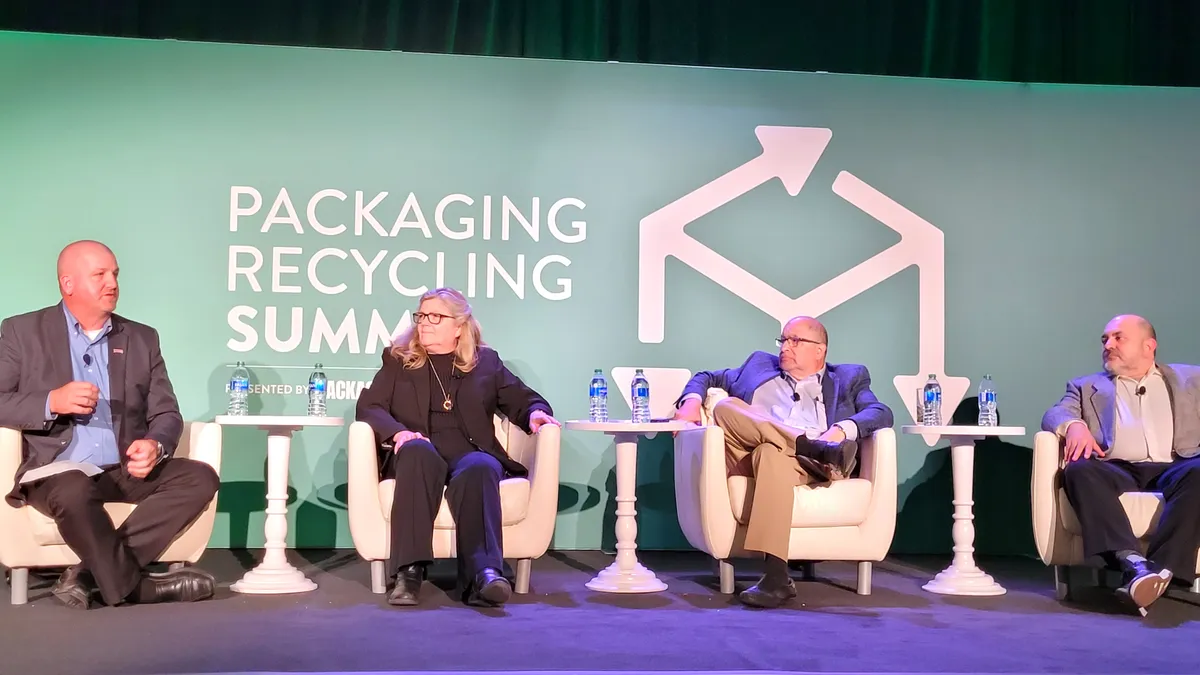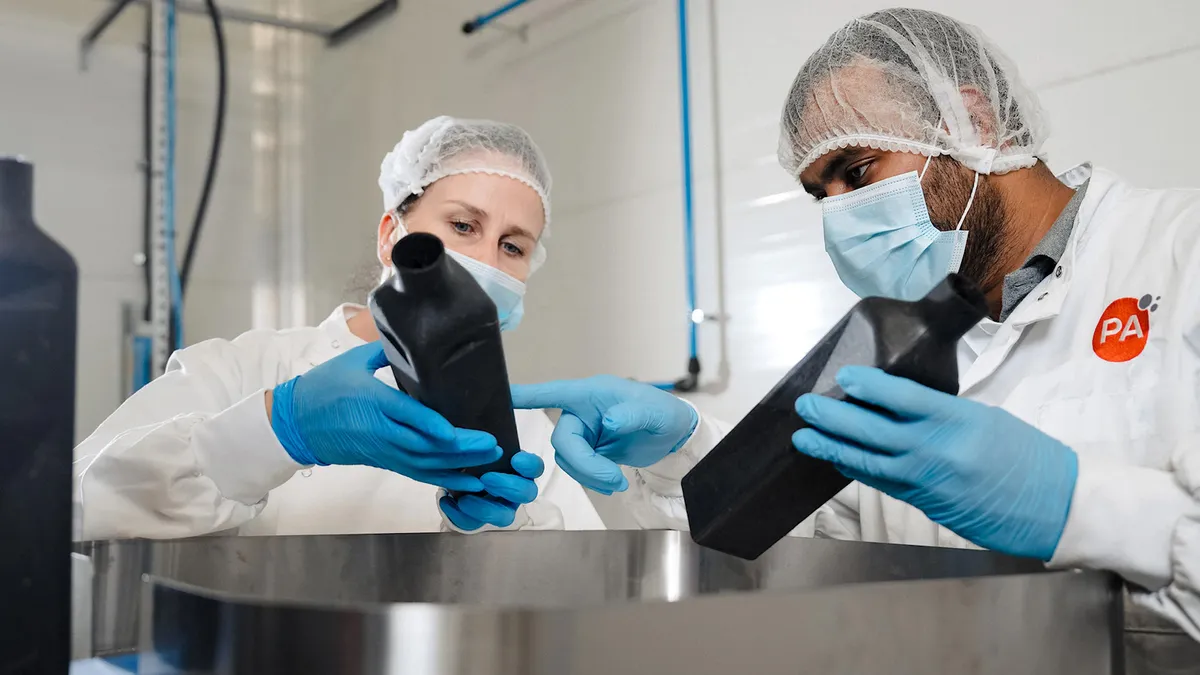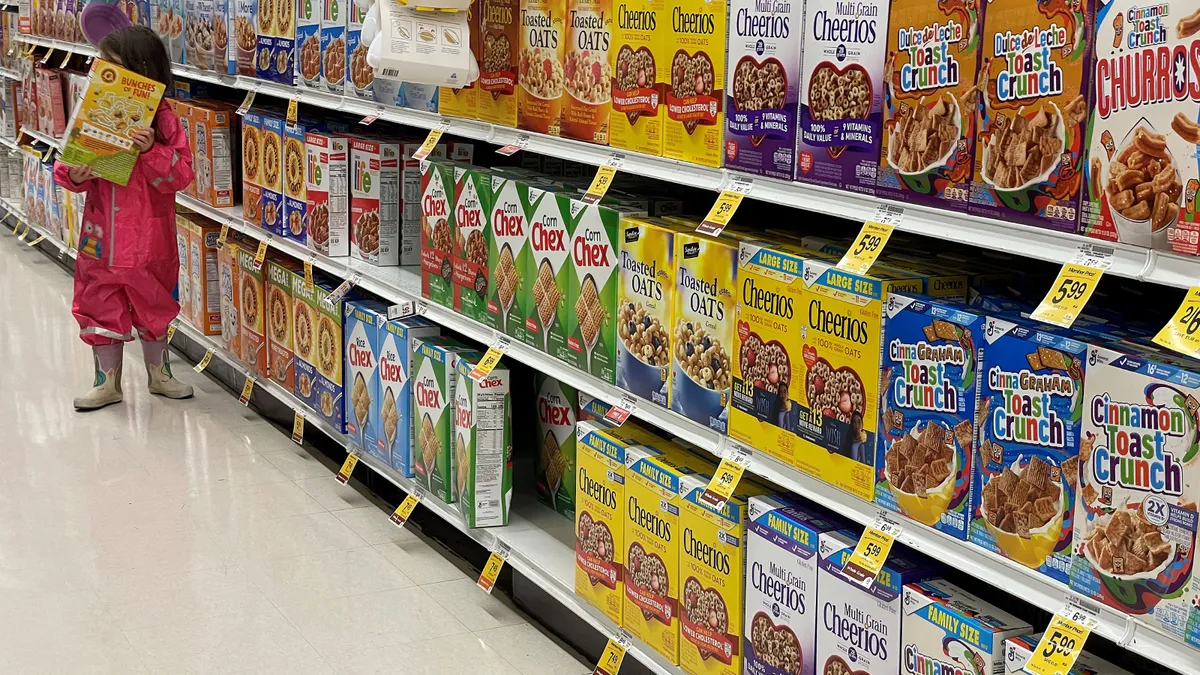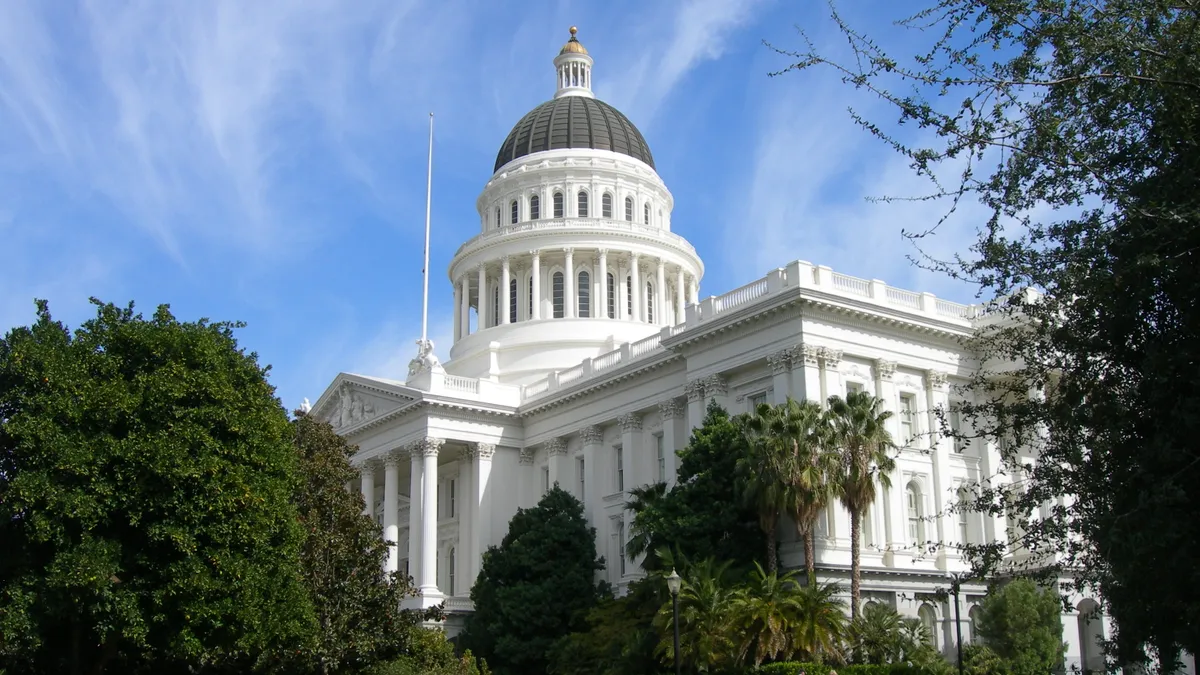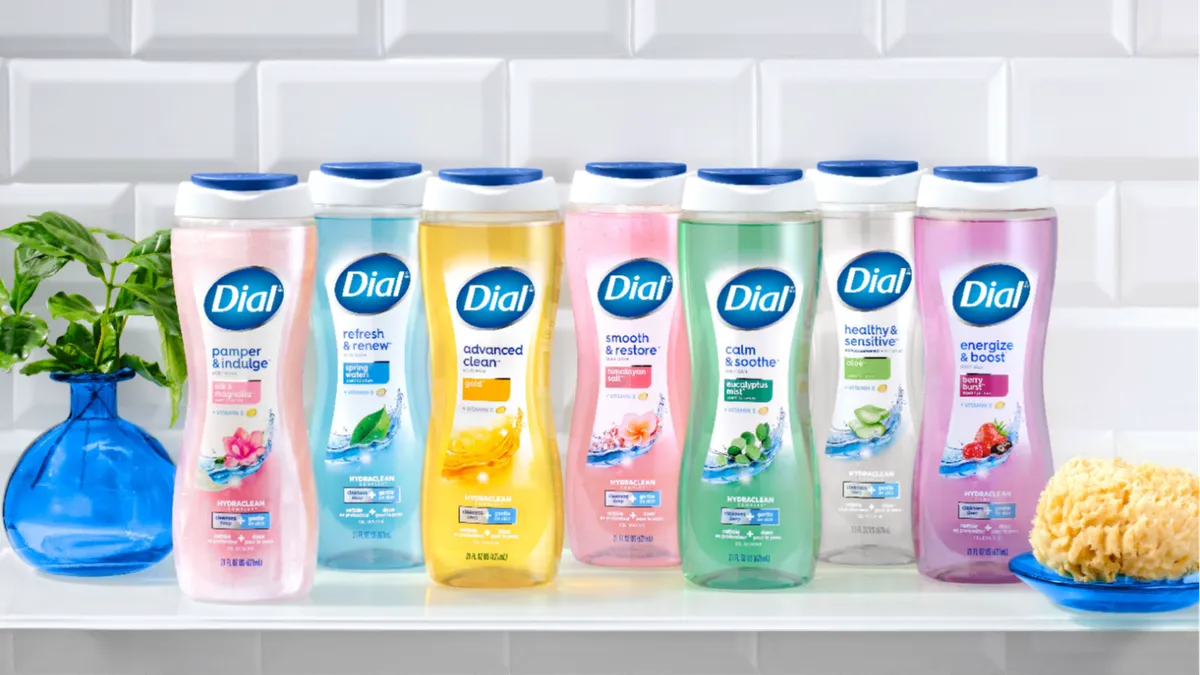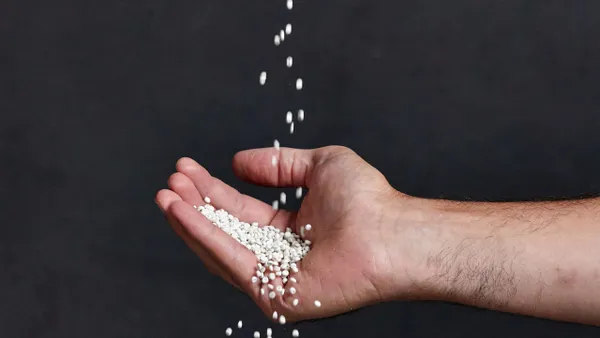U.S. recycling rates are stagnant and participants across the value chain — including brands, packaging manufacturers and recyclers — collectively need to push recycling further, according to speakers at the Packaging Recycling Summit in Atlanta last week.
"Basically, we're on a treadmill. Really nothing has happened in the last 20 years in terms of residential recycling," said Myles Cohen, founder of consulting firm Circular Ventures. He clarified that many advancements have occurred in terms of technology and MRFs' ability to take and sort material, but not for consumers' buy-in or ability to recycle.
Cohen shared data from Circular Ventures, Stina and others illustrating relatively little change in recycling volumes — for materials overall and for cardboard and plastic bottles specifically — during the last decade. City programs often are viewed as a success if they reach recycling rate percentages in the teens, considering many U.S. cities' rates are below 10%, he said.
In addition, 80% of materials collected domestically for recycling are from businesses and only a small proportion is from the residential streams, Cohen said, adding that his data suggests 70% of residential cardboard currently goes to landfills.
Similarly, Jeff Snyder, director of recycling at Ohio-based Rumpke Waste & Recycling, said that "our landfills are full of recyclables, especially on the plastic side," and 70% of plastic packaging materials with resin codes of one, two and five go to U.S. landfills. MRF operators want plastics because they're the highest value material despite making up only 10% of the stream, Snyder said, but "we need to figure out the infrastructure" to get those materials back, recycle them and create value.
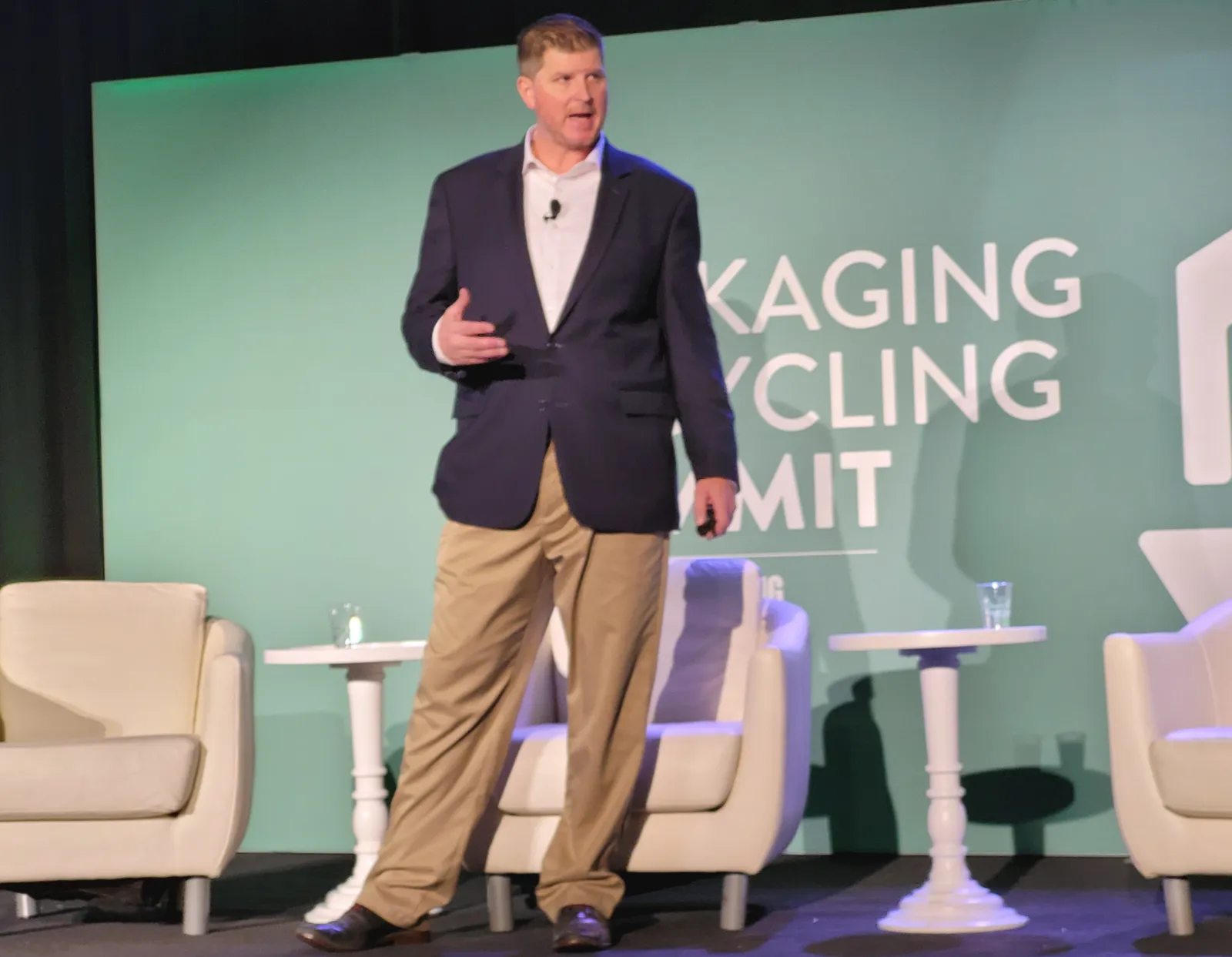
Improving processes and recycling rates is too daunting a task for one sector to tackle alone, and collaboration is essential to move the needle, speakers said.
"Recycling rates have stayed the same. Why? Clearly we're doing something wrong," said Chris Max, research lead of packaging sustainability at Kraft Heinz. "The only way to win is through partnerships."
Working together across the value chain is especially important because "waste is probably going to get more complex, not less complex" going forward, said Rochelle Bradford, director of sustainable materials solutions at The Coca-Cola Co. She emphasized the company's reliance on science when making R&D decisions as well as its awareness that "we can't do it by ourselves."
Boosting residential recycling rates requires maintaining and expanding not only consumer access, but convenience, numerous speakers said. For instance, drop-off programs — such as store bins for plastic film — improve consumers’ access to a certain degree, but "I won't say that we believe store drop-off is the end state; we see it more as a step along the journey to get to 'widely recyclable.' We know our consumers want curbside," said Patrick Keenan, a packaging engineer focused on sustainability at General Mills.
Spotlighting the interconnectedness of the recycling value chain’s players and the need to advance several fronts at once, he cautioned that curbside film recycling can't be achieved until MRFs widely accept the material. And that won't happen without viable, stable end markets for the material. Keenan encouraged brands and packaging companies to design film that is better for end markets because "once critical mass is shifted to the store drop-off stream, we might start to see a couple MRFs pick up this material."
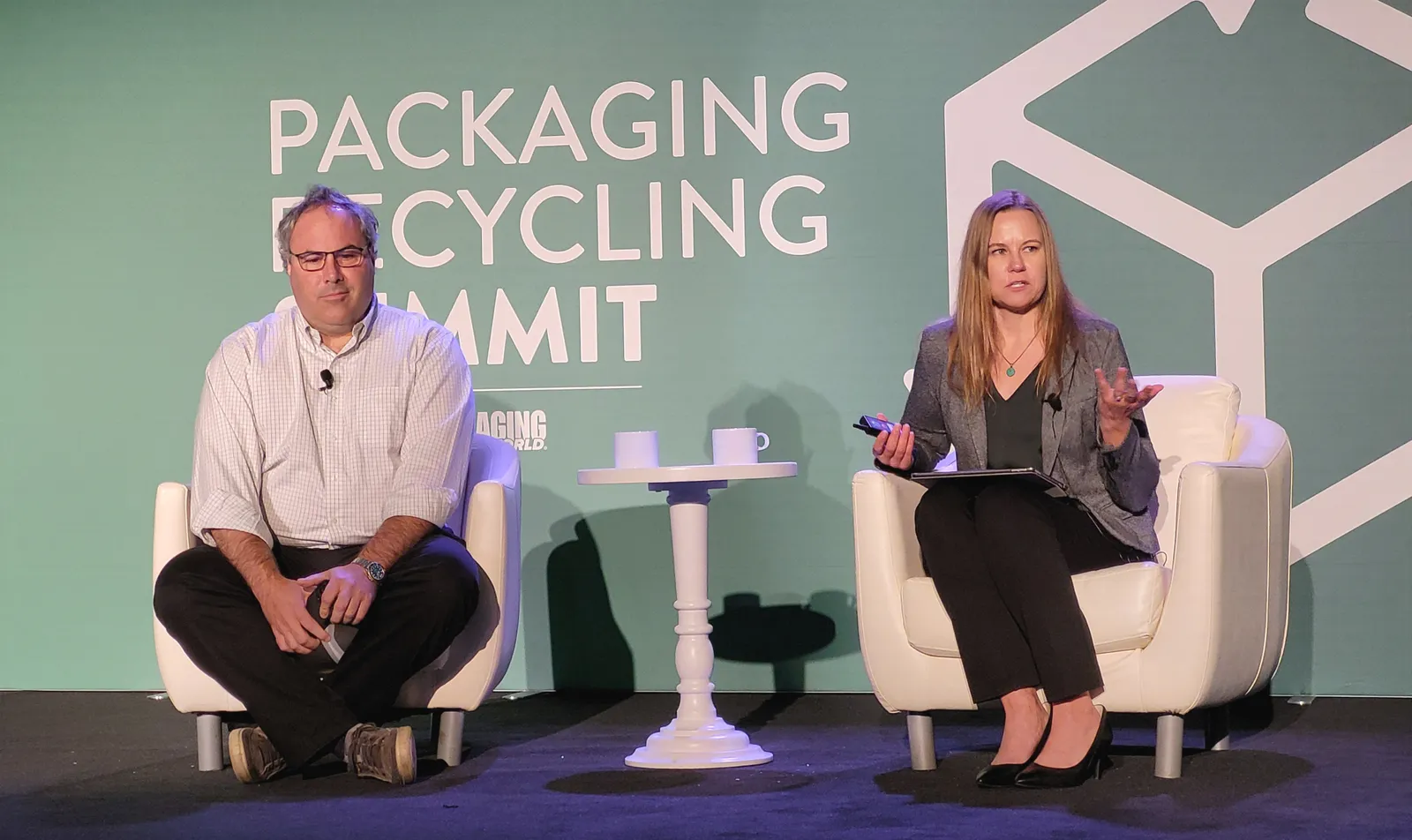
Despite stagnation overall, recycling improvements are evident in niche areas. For example, the food and beverage carton recycling rate increased to 20% as of 2022 from 6% in 2009, the year manufacturers Elopak, Pactiv Evergreen, SIG and Tetra Pak formed the Carton Council. And now 62% of U.S. households have access to carton recycling, according to Carton Council data.
While "collaborating among competitors is certainly a challenge," the teamwork is having an impact, according to Larine Urbina, vice president of communications for the Carton Council of North America, and for Tetra Pak USA and Canada.
Better outcomes can result while establishing a recyclable material supply chain by simultaneously addressing multiple parts of the equation, such as MRF acceptance and end-market development, she said. Although progress is evident, the Carton Council continues to have discussions with MRFs and other recyclers to move the needle further, according to Jason Pelz, Tetra Pak vice president of sustainability for the U.S., Canada, Central America and the Caribbean.
"Everything's changing. We've seen a lot of disruptions and changes in the recycling industry over the last couple years," he said.
Influencing consumers’ recycling behaviors is still hard. "Most of us ... have struggled in some way to get consumers to recycle, and recycle correctly," Urbina said. A big wake-up call for her was seeing the "disconnect in the way that consumers think about recycling and the way the recycling industry thinks about recycling." Specifically, consumers view recycling as the right thing for the environment, whereas industry puts a notable focus on the economic perspective. Plus, some consumers are confused about how to recycle correctly.
That’s another case for developing strong educational campaigns, a topic numerous speakers mentioned as a way to more effectively engage consumers in recycling and help to ease confusion.
"People care. I think we just need to do a little bit better job and maybe collaborate on increasing those recycling rates," Max said. "We're at the tipping point. We need to take advantage of this moment."



